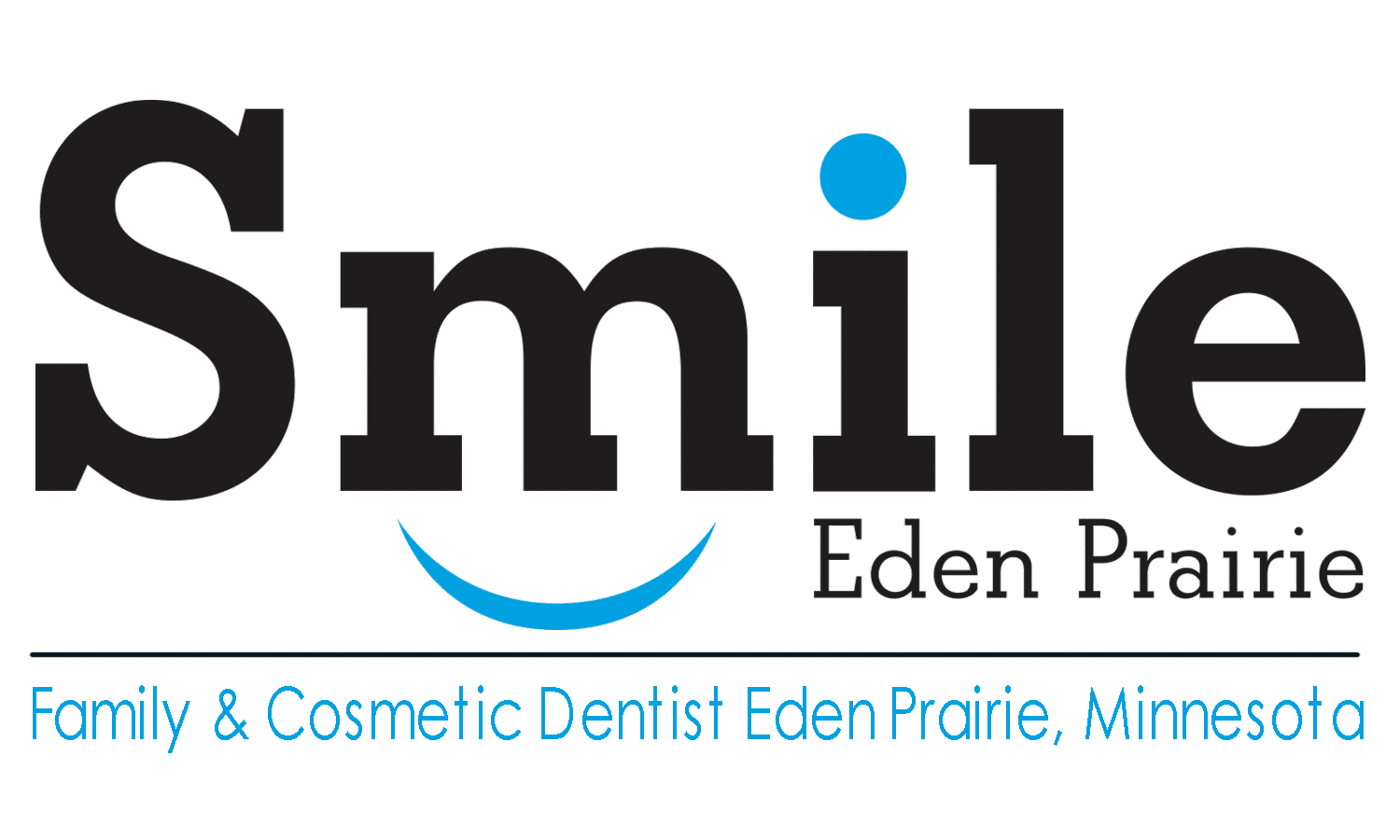Dental Bonding
Dental bonding is a procedure used to remedy a number of dental woes, from chipped or broken teeth to the filling of cavities and attachment of crowns. It can be used to lessen a large gap between two teeth, to build up a tooth that is smaller than other surrounding teeth, or even to give a more pleasing appearance to stained teeth than cannot be lightened via traditional tooth whitening. Dental bonding is also very cost-effective, though costs do vary depending on the specific application and the extent of the intervention. If you are considering dental bonding and want to have a better idea of the cost, read on for some examples of the most common dental bonding procedures and the costs that may be associated with them.
Direct Composite Bonding
Direct composite bonding is used when there is a portion of tooth missing that must be reconstituted in some way. This might be a case of adding material to a chipped or broken tooth, filling a cavity, or even adding material to the side of a tooth to lessen an unsightly gap.
In these cases, your dentist will use a simple process that involves etching the affected tooth, coating it with an adhesive liquid or gel, and then adding and shaping the composite material to fill the negative space. Because the composite resin that your dentist will use is highly malleable, he or she will be able to mold it into the desired size and shape before hardening it with an ultraviolet light or laser. At that point, he or she can put the finishing touches on the hardened composite, making any small adjustments that need to be made to achieve the appropriate appearance.
This same procedure can be utilized for cosmetic purposes, as well. Direct composite bonding can be used to create thin shells to be bonded to the teeth as a more cost-effective alternative to porcelain veneers, for example; typically, this procedure costs half as much (or less!) than porcelain veneers, making direct composite veneers a practical and economical alternative.
Adhesive bonding
Adhesive bonding utilizes the same basic procedure of etching and coating the affected tooth with an adhesive liquid or gel before attaching another material to the tooth. This might be a crown or a veneer, a dental bridge, or even a special filling.
Costs of Direct Composite or Adhesive Bonding
As we’ve seen here, there are many kinds of dental bonding procedures and even various kinds of materials that can be bonded to the teeth. For that reason, it is difficult to estimate costs effectively. Additionally, consultations and related evaluations will have to be done before undergoing the procedures listed here, which could include X rays, dental impressions, or even the whitening of teeth to ensure a good material shade match.
For these reasons, the person who can best give you an estimate for your dental bonding needs is your dentist. He or she can guide you through the process and explain exactly what will be required in your particular case, and their office may even be able to work with your insurance company to help determine any costs that they might cover. Call your dentist today to set up a pressure-free consultation. You might find that dental bonding is the perfect solution to your dental problem!
